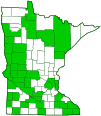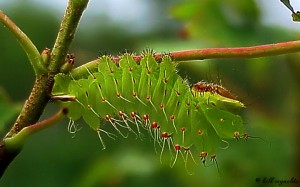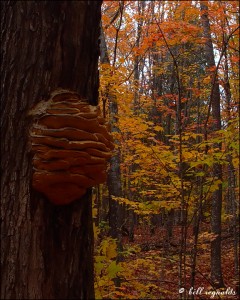It was 38° and partly sunny when I arrived at Des Moines River SNA at noon on Tuesday. The warm front the day before brought three inches of fresh snow. Mine were the first tire tracks in the parking area at Christianna Bridge Public Water Access.
I strapped on the snowshoes and headed up the hill to the southwest corner of the SNA. A Red-bellied Woodpecker complained until I was out of site, repeating its rolling, one-second long churr every few seconds. At the SNA boundary marker there were fresh Red Fox tracks on top of yesterday’s snow. A single line of tracks meandered east, following the fence line that forms the SNA boundary. At one point there was a jumble of many tracks around a small, jagged, mostly filled in hole. The fox apparently dug for and possibly found a vole or mouse.
I continued east following the SNA boundary. With each step my snowshoes sank twelve to eighteen inches into the snow. I had to lift my knees high with each step to avoid dragging the toe of the snowshoe through the snow at the lead edge of the shoe print. At this rate I knew that if I would be worn out soon unless something changed. I began searching for sign of a deer path.
There were no fresh tracks in sight, but I soon found a path buried under the snow. It appeared as a somewhat straight line where a little less grass protruded from the snow. I stepped onto the path and the snow held my weight.
For the next two hours I explored the south half of the SNA. I walked on deer paths where they were available but they seldom went where I did. Other sightings this day include four whitetail deer, several Black-capped Chickadees, about thirty LBJs (Little Brown Jobs—unidentified sparrows), and the tracks of a Ring-necked Pheasant.

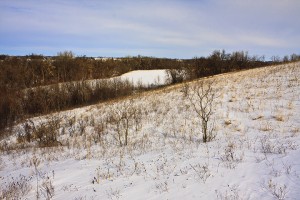


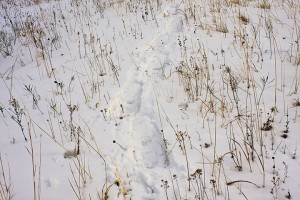
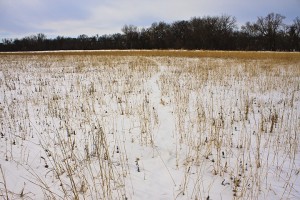
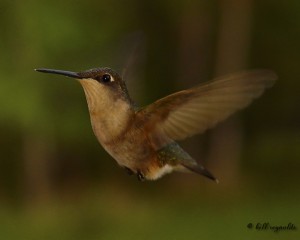
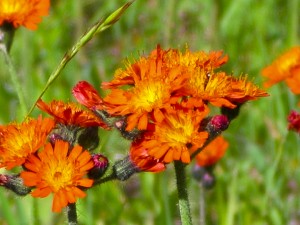
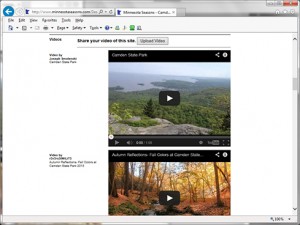
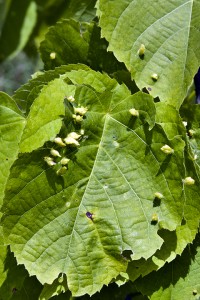
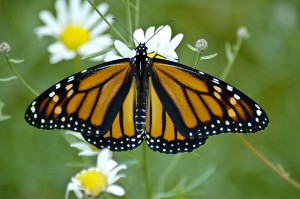
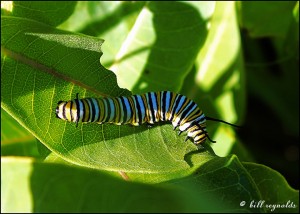
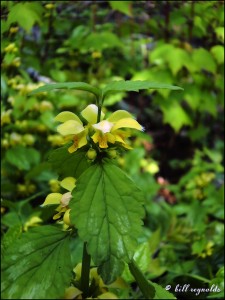
 “EDDMapS is a web-based mapping system for documenting invasive species distribution… EDDMapS combines data from other databases and organizations as well as volunteer observations to create a national network of invasive species distribution data.”
“EDDMapS is a web-based mapping system for documenting invasive species distribution… EDDMapS combines data from other databases and organizations as well as volunteer observations to create a national network of invasive species distribution data.”